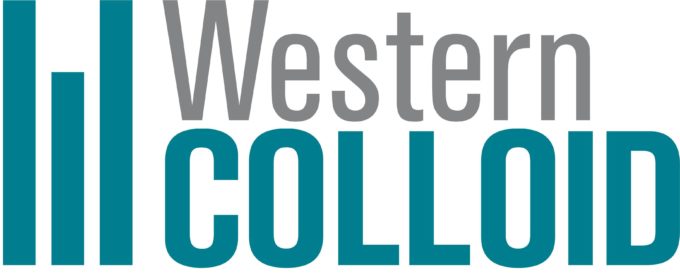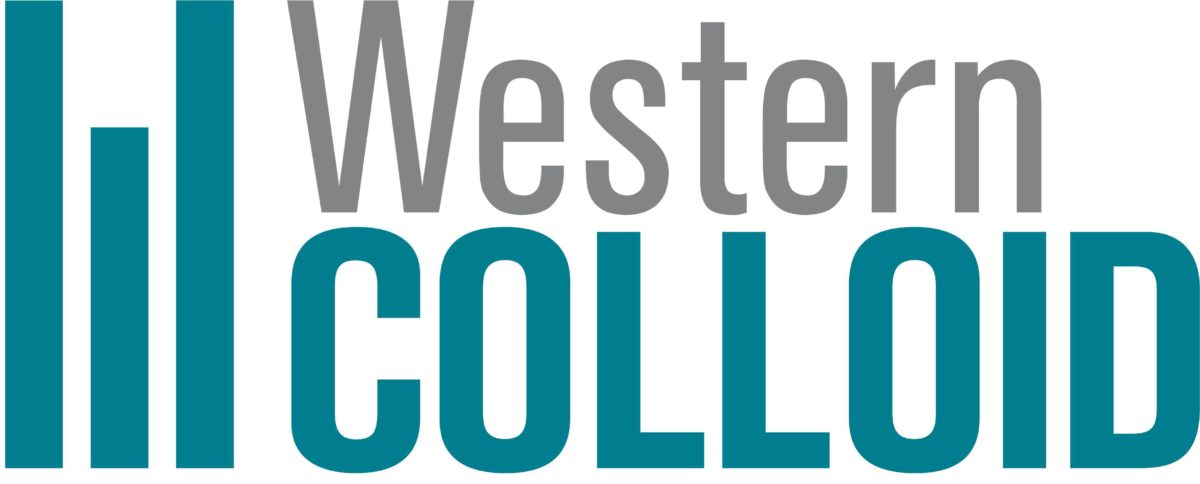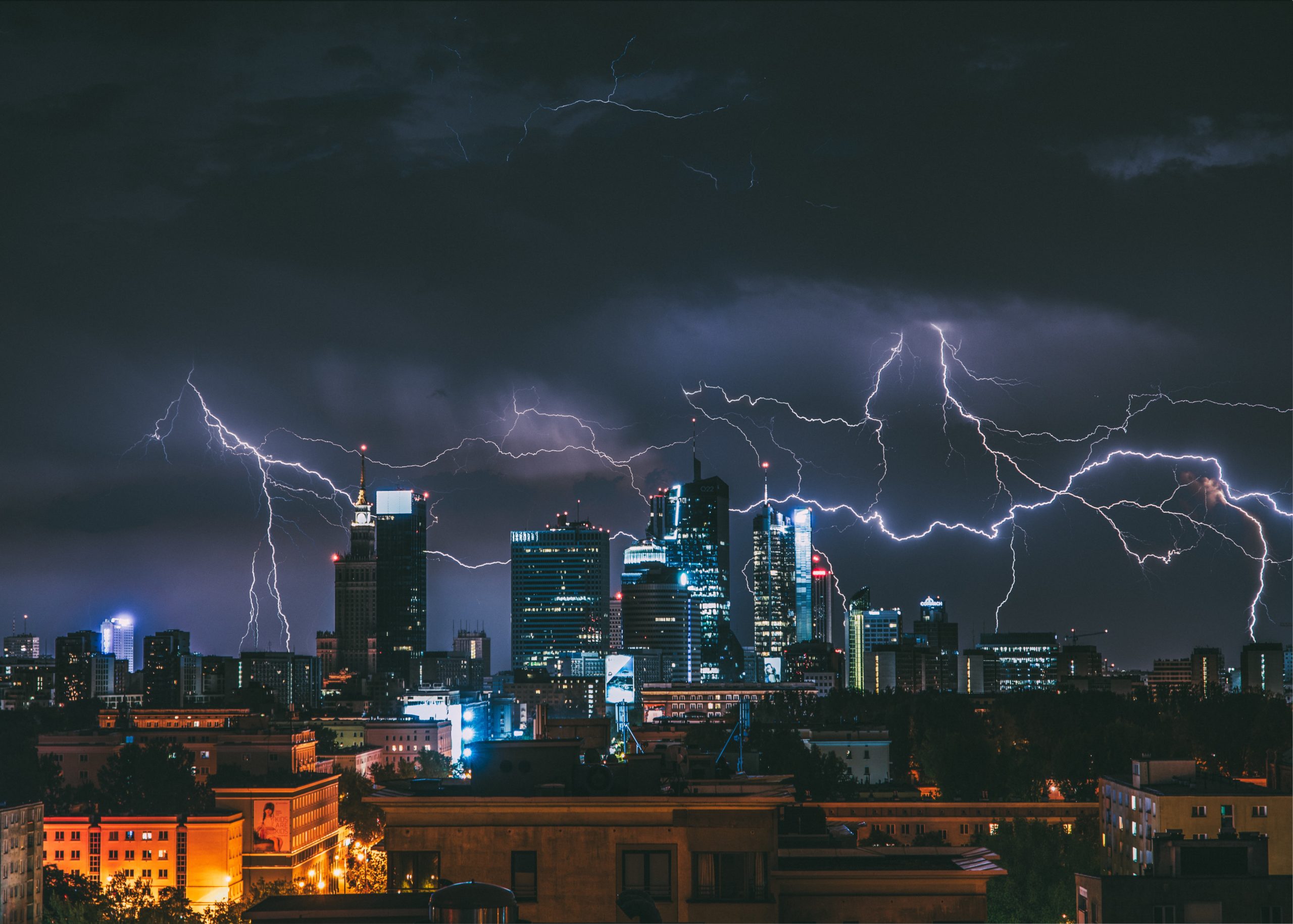
What to do when severe weather causes roof damage
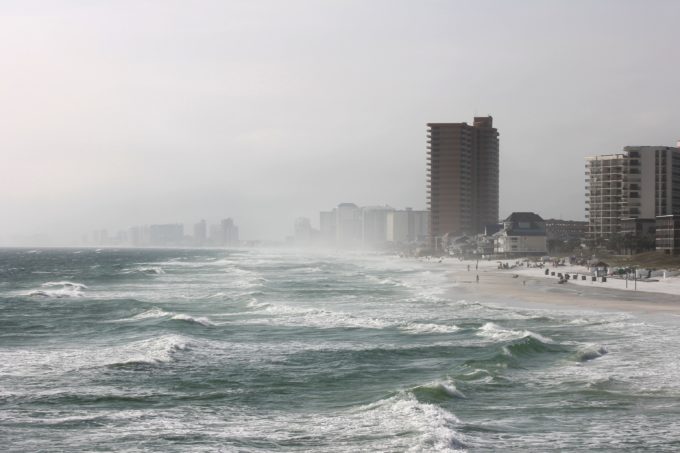
Your roof goes through a lot: wind, rain, ice, sun. Year after year, it keeps your building and its occupants safe. And while you hope it will last a long time, severe weather like hail and hurricanes can cause roof damage.
Repairing roof damage quickly is the key to protecting your investment and preventing interior damage. Don’t ignore problems or be too slow to fix them!
Kinds of Roof Damage Caused by Severe Weather
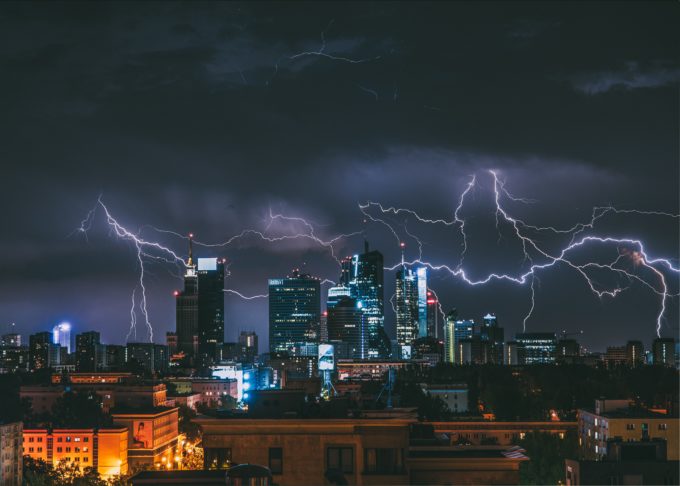
Severe weather events are occurring more frequently every year. And areas of the country that used to be safe from this kind of weather are facing new threats.
More than ever, building owners and operators need to know what kind of damage a storm kind bring.
Hail often comes to mind when it comes to extreme weather. If a large hailstone can break a car’s windshield, it shouldn’t be surprising it can cause major roof damage too. For example, hail can create cracks that break through many layers of your roofing system.
Next, a major weather concern facing more parts of the southern and eastern coasts are hurricanes. Hurricane season starts earlier and goes longer every year. So building owners and operators need to be prepared to identify and quickly repair any hurricane damage to their commercial roof.
For example, the extreme winds of a hurricane and huge amounts of water mean that roofs are susceptible to damage. The power of the wind can pull open any weak areas of the roof, including where flashings may already be failing. This can force water deep inside the building, often for long amounts of time.
In addition, extreme heat in the summer and freeze-thaw cycles in the winter can cause major damage. In the winter, water from melting snow can seep beneath the roof and damage insulation and structure.
What to Do After Your Roof Is Damaged
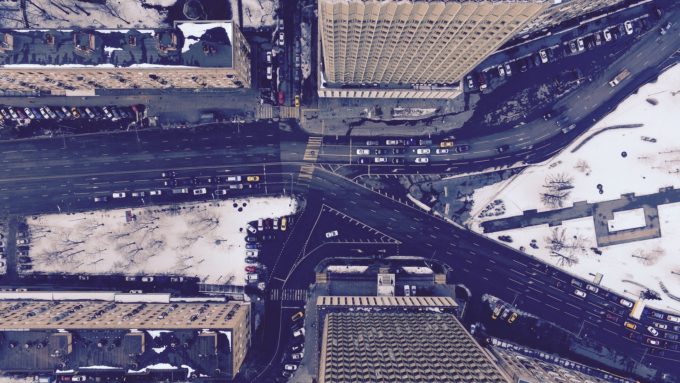
First, it’s important to address any damage to your commercial roof as quickly as it’s safe to do so. You should already have a roof inspection program in place, and you’ll want to follow the same protocols following extreme weather. This is so that you can document any damage and make sure it’s repaired properly and quickly.
As you examine your roof, pay attention to the weakest points like seams, joints, and where one material meets another. For example, investigate why water has ponded after rain. And if there hare any cracks in the roof after hail.
Choose a new roofing material to repair with that will protect your roof in the future. As these severe weather events are happening more and more frequently, you want to do what you can now to prevent future damage.
Certain roofing products are rated to withstand hail impact, while others stand up better to ponding water, both of which will help better protect your roof over the long term.
If your roof has been damaged, you’ll most likely need to hire a contractor to complete the repairs. Of course, one of the most difficult times to find a roofing contractor is after extreme weather. If your roof has been damaged from a hurricane or a hail storm, odds are pretty good your building isn’t the only one.
Having good relationships with contractors means you’re less likely to struggle to get repairs done in a timely manner. If however, you need to find a new contractor, see if you can get referrals from colleagues or other building managers, and be sure to ask about their licensing and insurance coverage before they start the work.
How to Prevent Damage From Severe Weather
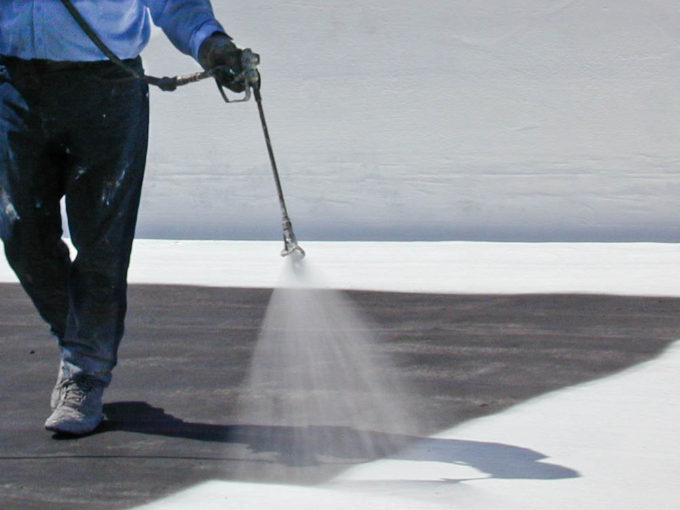
Of course, the easiest and most cost-effective way to deal with severe weather damage is to prevent it from happening in the first place, or at least from happening again. While even the most durable materials may not stand up to an extreme hurricane, you want to give your roof the best shot at withstanding storm forces you can.
As a short-term solution, make sure your contractor is using high-quality and flexible elastic cement products, like Western Colloid’s 8000 All-Weather Elastic Cement for repairs. Durable products with some flexibility will better stand up to impacts than more rigid ones.
In the longer term, do your research into roof coatings and systems that will protect your building from future weather damage. A Fluid Applied Reinforced Roofing, or FARR, system includes layers of roof coating applied between reinforced polyester fabric.
An elastomeric FARR coating provides flexibility, while the polyester offers strength. Multiple layers give your roof redundancy in the face of damage so that you have time to complete repairs and avoid water inside your building.
If you’re finding that your area is dealing with an increasing frequency of severe weather, proactive repairs and a new roof coating can extend the life of your roof system and protect your investment. For more information, contact us for a complimentary consultation.
